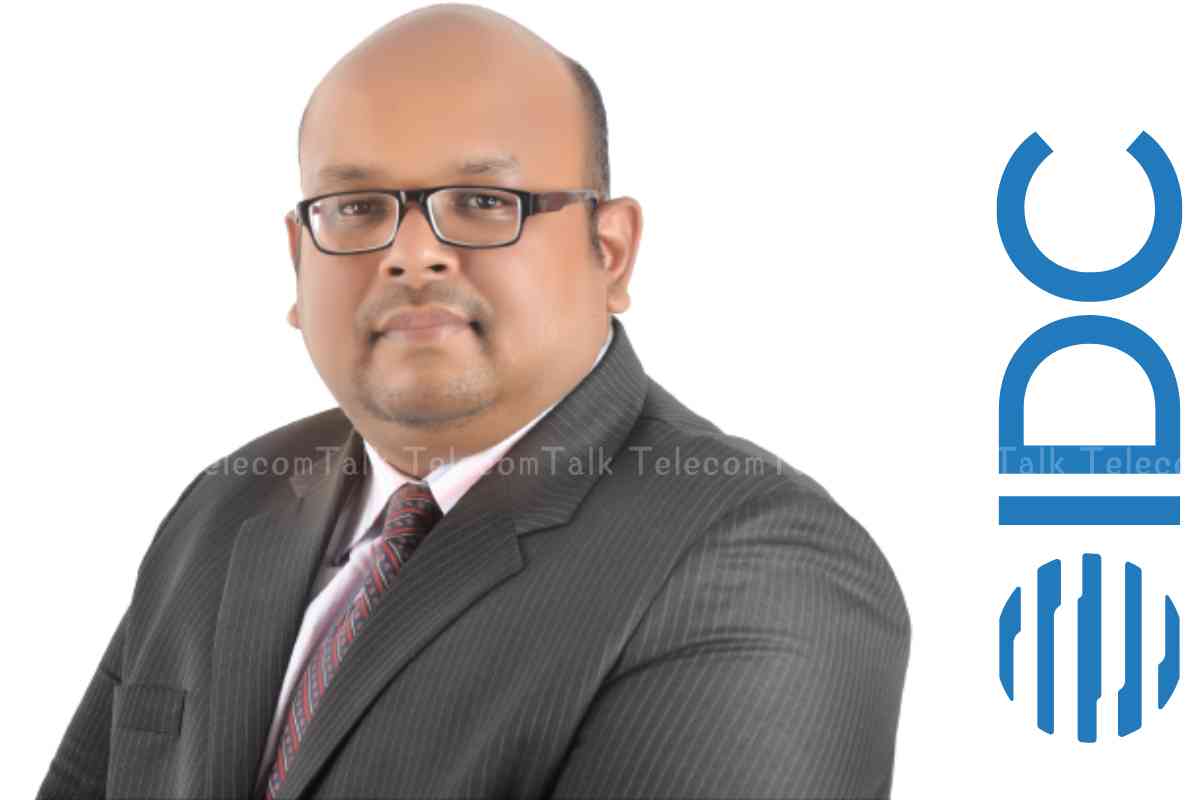India is finally a nation with live commercial 5G networks. Now, this is something that is interesting and exciting for a lot of consumers. Investors in the telecom sector are also pretty happy with the development as they see better returns on the prospect of higher demand for 5G services from enterprises. However, for 5G to actually give any sort of major returns, it will take years. I say this because 5G is not a common technology yet. It would take years before it becomes common as multiple factors, including the 5G smartphone penetration, availability of networks, infrastructure and more, still need to expand and grow. Before 5G was launched in India (on October 1, 2022, by PM Modi), TelecomTalk had a chat with Nishant Bansal, Senior Research Analyst at IDC, on how 5G uptake would look like as well as how the 5G smartphone penetration is in India currently. Check out the conversation ahead.
Q. You know, for the telcos to really make a return from their consumer segment market, they need people to own 5G smartphones. So where does that stand today - the 5G smartphone penetration and in the coming three to five years, where will it go?
“So, you know, the first 5G smartphone in India was launched in 2020. In 2022, at present, we are looking at another 50 to 55 million shipments of 5G smartphones. So starting from 2020 and adding 2022 shipments, we will be exiting 2022 with around 85 to 90 million 5G smartphones, roughly. Then next year onwards, we will be roughly touching 50% of 5G smartphone shipments. So, out of two mobile phones, one will be 5G that is going to be sold or shipped in India. With a 50% share of smartphones in 2023, we can expect another 90 million shipments of 5G phones in 2023. So, by the end of 2023, we are looking at 180 million (or 18 crore) total 5G smartphones in India. For it to go 50 to 60 crore, we are still about at least two years away. And we also have to remember that the 5G smartphone ASP (average selling price) is quite high. So last year, it was about USD $430 and this year, we are looking to exit at around USD $330. As 5G smartphone penetration increases, we will be looking at around 80% of the market share from 5G smartphones in the next two to three years. The ASP will come down significantly at an affordable level for a common user to purchase 5G smartphones. Right now, at 25k to 30k, it is still out of the reach of common consumers. But it is rapidly declining. The ASP has declined by almost USD $100 in one year. We expect the rapid decline in ASP to continue in the coming years, and 5G will become mainstream. But another important point that I must add is that the uptake from the consumer will or may not be as rapid as the deployment of 5G by the telcos is. So we can expect the consumers to follow the natural device refresh cycle and not just buy a new 5G smartphone just because 5G services are available. That’s what our expectation is. The consumer will not be willing to go rapidly into 5G smartphone upgradation.” Nishant talked about other things as well. To take a look at the complete conversation, click on the YouTube link above.
